Wyche Inside IP
By Troy A. Tessier
Jake LaMotta was a world middleweight boxing champion who fought several epic battles with Sugar Ray Robinson in the 1940s and 1950s, and the subject of a popular movie, Raging Bull, in which LaMotta was portrayed by Robert DeNiro. In 1950, LaMotta was involved in Ring Magazine’s Fight of the Year, when he successfully defended his middleweight crown by knocking out Laurent Dauthuille with just 13 seconds to go in the bout, a fight LaMotta had been losing on the scorecards up until that point.
In Petrella v. Metro-Goldwyn-Mayer, Inc., 572 U.S. ___ (2014), a case arising out of a dispute over the movie, Raging Bull, the U.S. Supreme Court resolved a federal circuit split and held the equitable doctrine of laches does not bar a copyright action brought within three years of the discovery of the infringement. MGM released Raging Bull in 1980 and has marketed the movie ever since. The movie was created from a 1963 screenplay copyrighted by LaMotta and a close friend, Frank Petrella. MGM had obtained the rights to use that screenplay by assignment. However, because the screenplay was a pre-1978 work, Frank Petrella’s renewal rights in the copyright reverted to his heirs upon his death in 1981, and the heirs could exercise those renewal rights without respect to any prior assignment*. Frank Petrella’s daughter, Paula, renewed the copyright in the screenplay in 1991. In 1998, Paula’s attorney informed MGM that it had no right to use the 1963 screenplay or any derivative of it, including the movie, Raging Bull. After a string of communications, Paula filed a lawsuit in 2009, claiming that Raging Bull infringed the copyrighted 1963 screenplay. No one disputed that Paula was barred from any claims for damages more than three years prior to the date she filed the lawsuit. However, given that Paula knew MGM was marketing the movie for the entire 18 years between the renewal of the copyright and her lawsuit, and that she admitted she waited to file her lawsuit because the film had not made money for several years, the case seemed to make laches a particularly appropriate defense. Indeed, the lawsuit was dismissed on summary judgment on that basis, and this ruling was upheld by the Ninth Circuit.
The Supreme Court reversed, holding that delay by a copyright plaintiff in bringing a lawsuit cannot serve as a bar to the suit, and making special note of the fact that the Copyright Act’s limitations period “allows a copyright owner to defer suit until she can estimate whether litigation is worth the candle.” The ruling does not eliminate laches from the equation, however. While laches may not serve as a complete bar to a copyright action, in “extraordinary circumstances,” the Court said, it remains a viable defense to certain types of equitable relief sought within the case. Thus, laches may still be considered in determining such things as the appropriateness of injunctive relief and in assessing profits to be disgorged from the infringer (the Court found that recovery of profits is appropriately treated as an “equitable” remedy, given in part its restitutional purpose).
The laches defense still gives a copyright defendant a “puncher’s chance” much like LaMotta himself enjoyed. While a defendant may have to fight through to the end of litigation, it may still use laches to defeat or substantially undercut a copyright plaintiff’s strongest claims for relief.
*See Stewart v. Abend, 495 U.S. 207 (1990).






